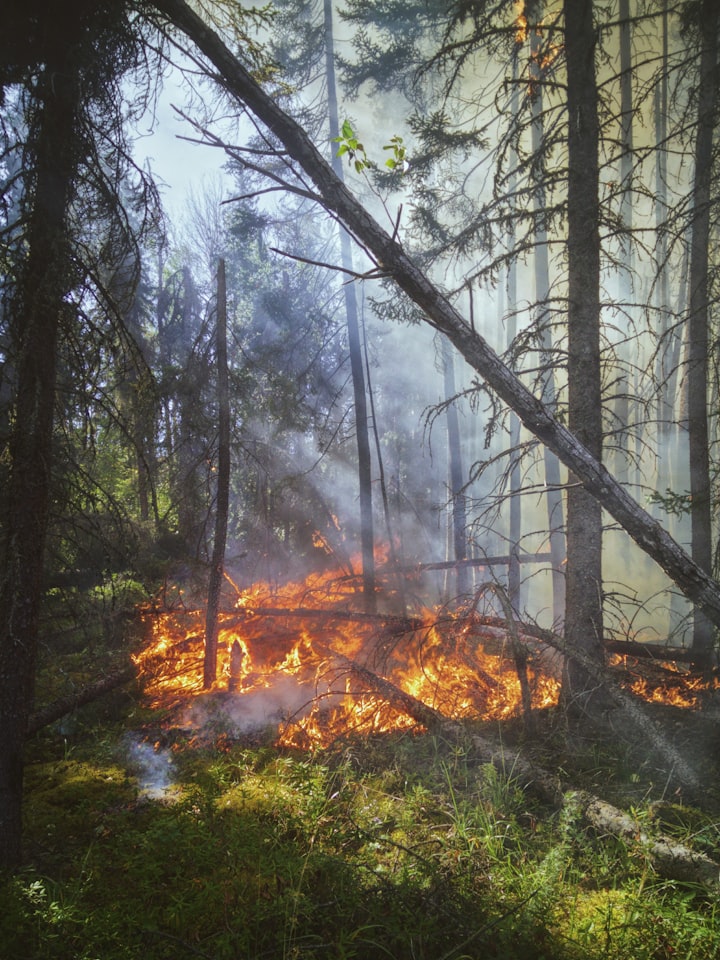Indonesian Hunter Gatherers Sing Their Traditional Language
The Indonesian hunter gatherers known as the Punan Batu have their own, secretive language that they sing instead of speaking. Find out how this trait, combined with their unique genetic background, gained them official recognition and legal rights as Indigenous peoples.

Borneo has always had an air of mystery for me, a synonym for an impossibly remote and inaccessible place, a bit like Timbuktu. Today, we call that kind of attitude “exoticism” and it has very little to do with actual geography.
We don’t have to resort to that kind of preoccupation with the distant and unfamiliar to find Borneo fascinating. It’s our planet’s third-largest island, and its home to lush rain forests with unimaginable biodiversity.
Although most of the island is part of Indonesia, the northern region is part of Malaysia, and the tiny country of Brunei also rests on Borneo’s northern coast. Borneo has a relatively small population compared to its size, particularly in the interior of the island.
Indigenous Communities on the Island of Borneo
Many Indigenous communities live on the island of Borneo, and they often struggle to maintain their traditional way of life. These cultures tend to inhabit the more remote interior of the island, which is another reason for its exotic reputation.
One of these groups is called the Punan Batu, also known as the Cave Punan. They live in Borneo’s eastern forests in limestone caves that geologists call karstic rock shelters.
Dr. Stephen Lansing is currently an external professor of anthropology at the Santa Fe Institute. For more than forty years, he’s been studying the social structures and languages of Indonesia’s aboriginal peoples.
Scientists Teamed Up to Study Indonesian Hunter Gatherers
Lately, Professor Lansing has teamed up with Dr. Pradiptajati Kusuma, a population geneticist at the Genome Diversity and Disease Group of the Mochtar Riady Institute for Nanotechnology in Indonesia.
Together, the two scientists have been working with the Punan Batu people using a multidisciplinary approach. The team has been reviewing the culture’s history, language, lifestyle and genetics.
One of the most distinctive things about the Punan Batu culture is its unusual linguistics. In everyday conversation, the group speaks Punan Sajau, which is related to other local languages.
Punan Batu Don’t Speak Their Language in the Usual Way
However, the researchers have discovered another language among the Punan Batu people. They don’t speak this language in the usual way; to western ears it sounds more like singing.
They call this language Latala or Menirak, which means “to sing” in their everyday language. It’s not all that unusual for a culture to have two languages, one for doing business with neighbouring groups and a more secretive, sacred language that group members keep to themselves.
Linguists often come across bilingual groups like this in regions where multiple groups speaking diverse languages live close to one another. Oddly, none of the other Punan groups the scientists have visited knew about this musical Latala language.
Cultural Inheritance From the Distant Past
This seems to suggest that Latala is an antiquated language similar to Ancient Greek or Latin in our western cultures. It appears to be a cultural inheritance from the distant past that the group reserves for ceremonies, poetry and traditional storytelling.
The origins of the Punan Batu people have been controversial. Although they’re nomadic hunter gatherers today, some anthropologists argue they’re descendants of neighbouring farming peoples who reverted to nomadic life.
There are even theories that the Punan Batu and related groups are the descendants of enslaved peoples originally from New Guinea or other islands in Indonesia. That’s where Professor Kusuma’s genetic work comes in.
Genetic Work Takes Centre Stage
Professor Kusuma drew blood samples from 12 Punan Batu people. He then analyzed those samples, comparing them with samples from other Punan and Dayak people in Borneo as well as Indigenous groups living in Sumatra and West Papua.
The results show that the Punan Batu are genetically distinct from the neighbouring Indigenous peoples in Borneo. In fact, they have a unique, local ancestry that goes back thousands of years.
This disproves claims that the Punan Batu are offshoots of the neighbouring agricultural societies or descendants of enslaved peoples from other places. They have their own, distinct history and ancestry tied to their traditional territory going back to time immemorial.
Threats From Palm Oil Plantations and Forestry Companies
This is more than an academic issue. The Punan Batu people are under threat from palm oil plantations and forestry companies that have already destroyed more than one-third of Borneo’s forests since 1980.
Three forestry companies have rights to cut down trees in the Punan Batu traditional territory. Meanwhile, massive palm oil plantations keep expanding into their homeland from the north.
The Punan Batu live in cave dwellings in the limestone mountains. Mining companies would like to extract that limestone for cement production to feed Indonesia's construction boom.
"What They Desperately Want is to Stop the Destruction of Their Forests"
"What they desperately want,” Professor Lansing explained to the New York Times' Brendan Borrell, “is to stop the destruction of their forests.” The reason the scientists have been tracing the Punan Batu's roots so precisely is to help them preserve their culture and traditional territory.
The researchers’ findings have convinced the local government to recognize the Punan Batu as Indigenous peoples. The Regent of Bulungan Syarwani has decreed that they are “customary law communities.”
“The decree for Punan Batu is the first one we have executed and the process was the fastest because the data was the most complete,” the Regent explained. “This determination is to protect the forest and culture of Punan Batu which are indeed threatened.”
And Another Thing…
Genetics, musicology and linguistics go hand in hand, or at least they should. They’re all part of the new, science-based, multidisciplinary story we need to explain the world around us, our cultures and our places within them.
We need to broaden our relationships with Indigenous peoples to respect their cultures, appreciating their complexity and sophistication. We can do better than imposing baseless speculations onto their histories or examining them from a narrow, colonialist perspective.
As the Indonesian newspaper Kompas reports about the Punan Batu, “It is suspected that there are still some living separately from this group in other forest areas around Bulungan, but as yet this has not been documented.”
We always have more to learn if we dare to know.
Learn more:
A Vanishing Nomadic Clan, With a Songlike Language All Their Own
Deep ancestry of collapsing networks of nomadic hunter–gatherers in Borneo
About the Creator
David Morton Rintoul
I'm a freelance writer and commercial blogger, offering stories for those who find meaning in stories about our Universe, Nature and Humanity. We always have more to learn if we Dare to Know.






Comments (1)
Great job’! Good work!